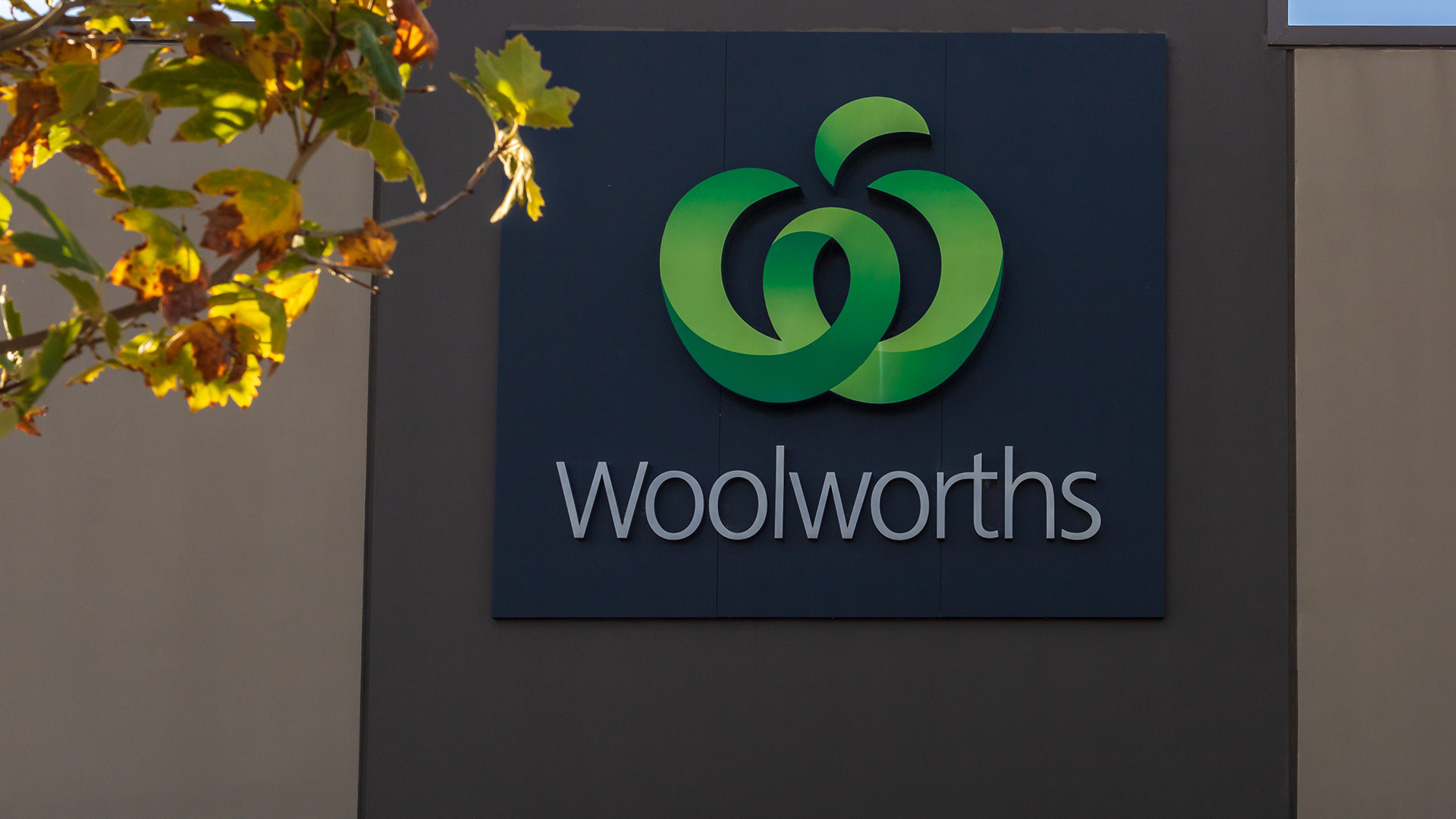So how did markets go in January?
Australian shares had a very solid month, among the best of major markets and outperformed the US and some European bourses.
The market rose 5.1% last month, its first monthly rise since October, which lifted market value by around $65 billion.

That was a solid reply after the 14.5% drop in 2011 for the local market.
And the Australian dollar rose by just under 5% against the US dollar in January, on the trade weighted index it was up 2.6%.
It hit new highs against the euro in January and multi year highs against the UK pound.
The MSCI Asia Pacific Index jumped 8% last month, out performing US and European markets.
A major driver of this was Hong Kong’s Hang Seng index put in its best January since 1996, up 10.6% on the month.

In China the Shanghai market had its best rise since 2009 with a 4.2% gain as investors hoped the government would ease the current tough monetary policy.
Europe’s Stoxx 600 index ended January with a 4% gain.
That was the Index’s best January since 1998.
The Stoxx Index is up more than 20% from the lows of last October, as is Wall Street (the S&P 500).
Germany’s Dax jumped 9.5% last month, the biggest January gain since 1998. It was a strong rebound after the 15% drop in 2011.
London’s FT 100 rose a more modest 2% in January.
Comex gold in New York rose and settled at their highest since early December.
Gold for April delivery added $US6, or 0.4%, to finish at $1,740.40 an ounce on the New York Mercantile Exchange.
That took gold’s monthly gains to 11%, contrasting with losses of around 10% for December.
Oil prices in new York fell around 0.4% for the month to close at $US98 a barrel.
Comex silver (March futures contract) rose 19% in January, Copper was up 10%, Platinum 13% and palladium 4.6%.
US markets had a very solid month, but nowhere as good as in Asia or Europe (except for the tech heavy Nasdaq which was boosted by the big Apple result and the impending debut of Facebook).
Both the Dow and the S&P 500 had their best percentage jumps for the month of January since 1997, up 3.4% and 4.4% respectively.
The Nasdaq Composite recorded its best January since 2001 with an 8% gain.
Canadian stocks ended January with a solid gain of 4.2%.
And, apart from Australia, most markets started February with strong gains as good news for manufacturing was revealed across the globe.
Rises of nearly 2% or better were reported from Europe, while US markets finished up more than 1% for the strongest day for several weeks.
Gold and copper rose, oil fell and the Aussie dollar jumped to more than $US1.07.
Uranium miner Energy Resources Australia lost $153 million in the year to last December, but yesterday’s profit announcement was more about trying to move on from the big wet and floods which blew a hole in the businesses’ finances in 2011.
Instead, ERA revealed the approval of $220 million worth of spending on a new brine concentrator for its Ranger mine and processing operations east of Darwin.
And ERA, which is majority controlled by Rio Tinto (which reports its 2011 results next week), hasn’t been able to escape the wet weather which has created more water management problems within the mining pit after heavy falls from a tropical low last December.
The loss of $153.6 million compares with the profit of $47 million in 2010.
ERA shares lost more than 13% or 21c to end at $1.33 yesterday.

The loss was no surprise, after the heavy rain and flooding of early 2011; ERA couldn’t mine at Ranger for some months and found itself short of uranium oxide to meet its some of its contracts. As a result it had to buy the shortfall on the spot market at extra cost.
ERA management are trying to turn around the ailing miner, with exploration continuing this year into an underground extension of the open pit, known as ‘"Ranger Deeps”. Exploration results so far have been mixed.
ERA is encountering poorer quality ore at the bottom of the current Ranger pit where mining is due to cease this year.
The new brine concentrator shapes as the other growth strategy, with the equipment expected to be in operation by the second half of 2013.
ERA forecast uranium oxide output in 2012 of between 3,000 and 3,700 metric tons compared to 2,641 last year.
ERA again stressed the production levels will depend on the amount of rain received over the rest of the wet season: in other words, it won’t know for upwards of two months or sometime in April.
Last year ERA had to buy uranium from other sources to meet sales obligations, but this year’s sales should roughly match expected production.
ERA says it will start building a $120 million exploration decline to test the Ranger 3 Deeps deposits in May.
It’s an awfully expensive way to see if there is life after the Ranger open cut.
Yes there is life after a near death experience. Just look at Funtastic Ltd, the toy and learning products group which has been doing it tough for the past couple of years.
Yesterday the company said the recent rebound had continued and in guidance for the half year to January, results were ahead of













